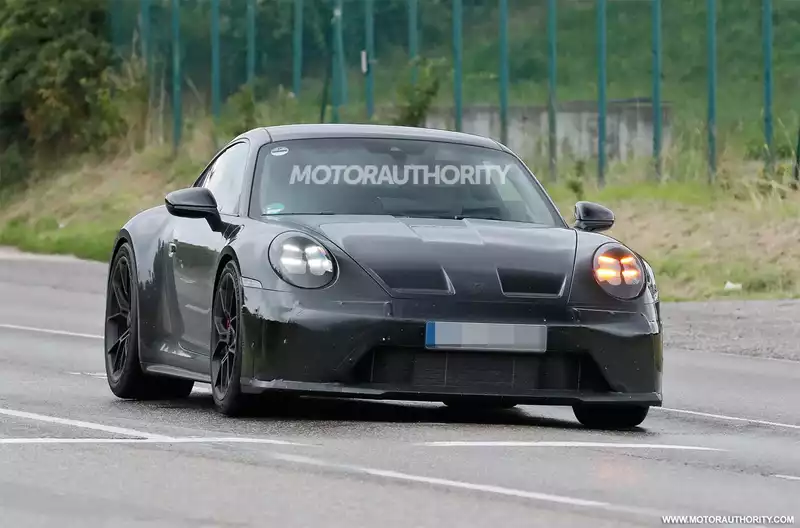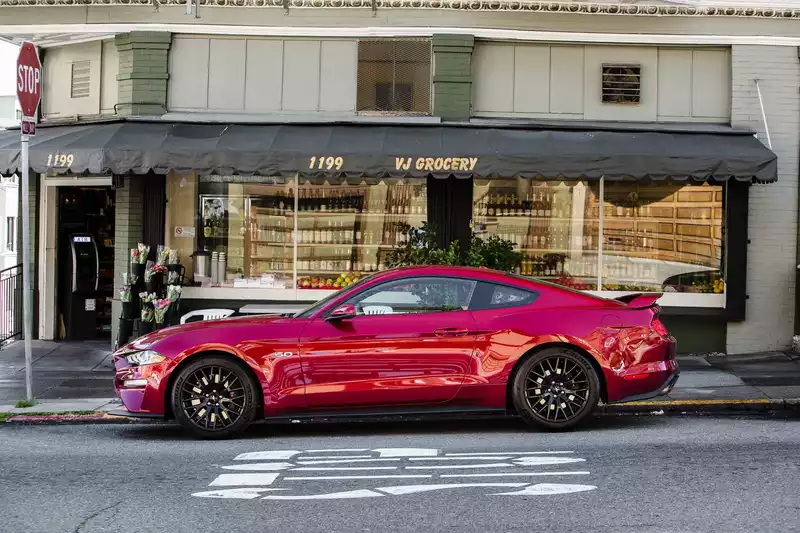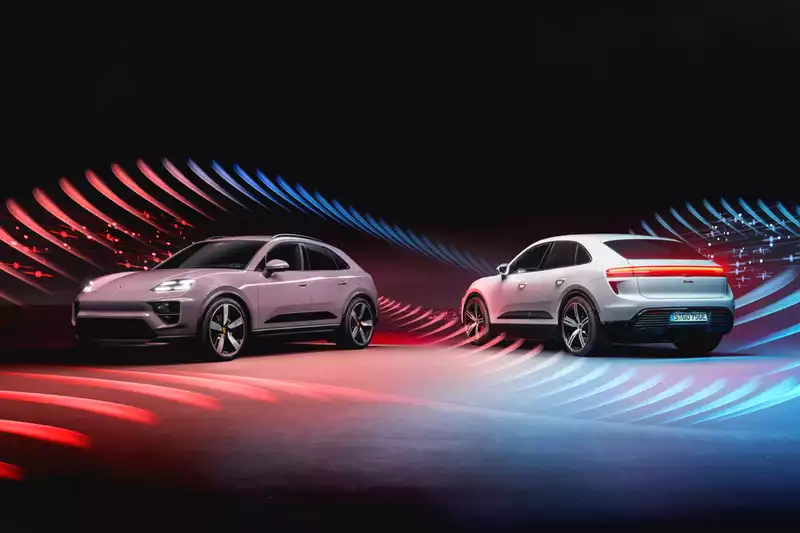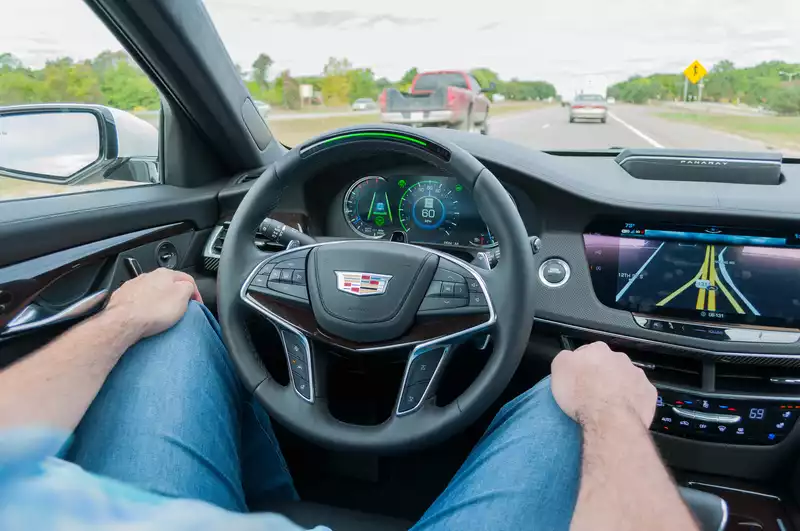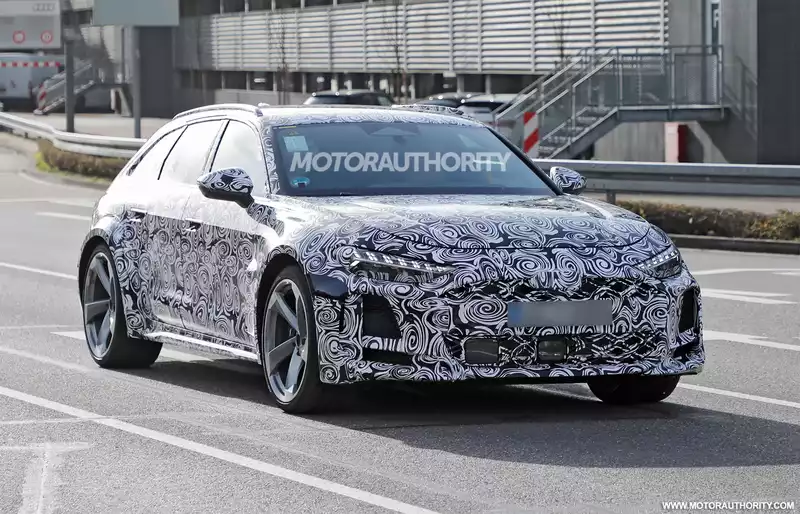This is how electric car batteries for hypercars are dynamometer tested.
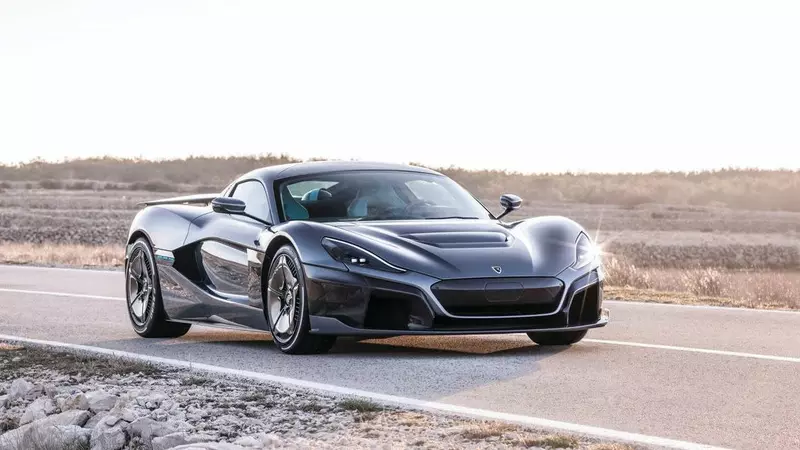
You may have seen engines tested on a dynamometer, but Rimac does the same thing with batteries designed for electric hypercars. As with engine dyno testing, this ensures that the batteries meet performance targets and are ready for real-world use.
Rimac simulates everything the battery might experience in a vehicle, including acceleration, charging, circuit driving, and highway driving, explains CEO Mate Rimac in a video on the YouTube channel Apex One. By running these simulations 24/7, engineers can more or less replicate a lifetime of use in a matter of months, he says.
Engineers can get all the data they need while the battery is on the test stand. When developing a battery for the Koenigsegg Regera Hybrid, Rimac used this method to simulate a 0-400 kph (0-248 mph) acceleration run.
During testing, engineers monitor a variety of parameters, including the voltage and temperature of individual battery cells and the temperature of the entire battery pack. Cells are individually selected for use in the packs so that their characteristics are as consistent as possible.
"Out of the thousands of cells in the car, if there is one or more cells that are performing worse than others, that would be the limit," says Rimac. Weak cells can be traced back to their source, he added.
Like internal combustion engines, batteries perform best under very specific conditions. According to Rimac, the tests will help identify the optimal operating range.
When a battery is discharged during testing, its electricity is sent to the power grid.
"The power companies don't like that very much," Rimac said.
In addition to developing battery packs for Koenigsegg, Rimac will supply packs for the Aston Martin Valkyrie and is working with Hyundai to develop an all-electric N sports car. Rimac is working on producing its own second-generation electric supercar, the C_Two.
